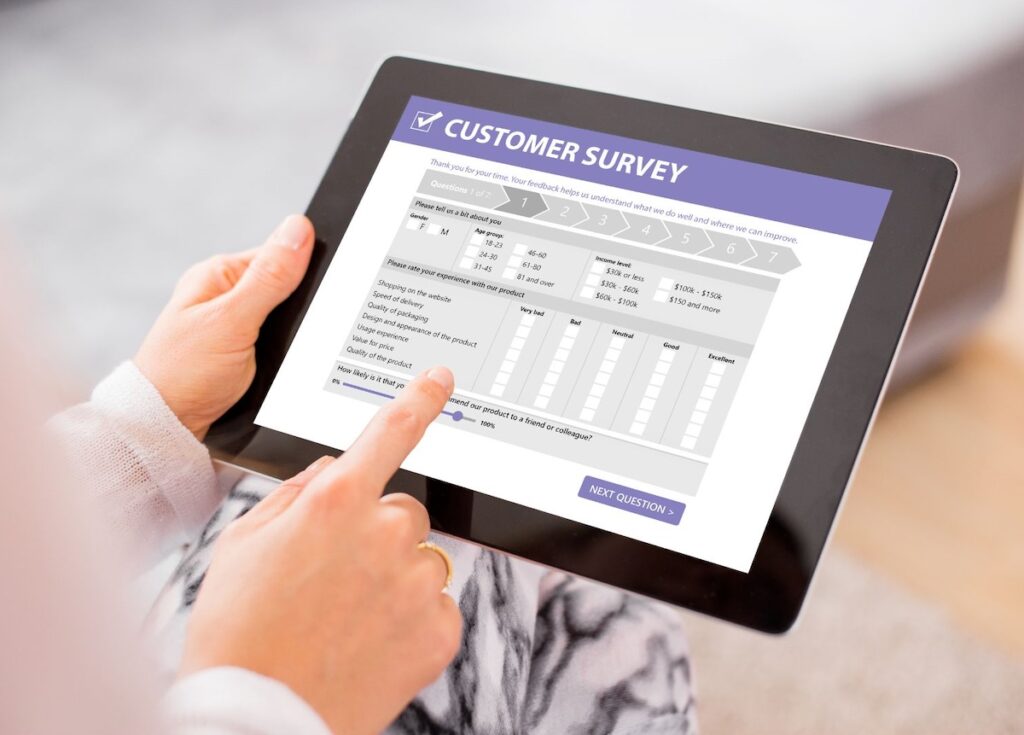- How to create easy customer personas.
- Market research doesn’t have to be expensive.
- Understand your customer’s pain points.
One of the most important steps in building a successful marketing program is identifying your target audience. Without knowing who your ideal customers are, your marketing efforts can feel like throwing spaghetti at the wall—hoping something sticks. Fortunately, identifying your audience doesn’t have to be expensive or complicated. By creating customer personas, conducting affordable market research, and understanding your customers’ pain points and buying behavior, you can make smarter marketing decisions that lead to better results.
Creating Target Customer Personas: Affordable and Easy
A customer persona is a semi-fictional representation of your ideal customer. It includes demographics, interests, challenges, and buying motivations. Creating personas helps you visualize who you’re marketing to and how to communicate effectively.
To build affordable and effective customer personas, follow these steps:
- Gather Existing Data: Use insights from your CRM, social media analytics, and point-of-sale systems. Utilize customer feedback to identify common traits among your current customers.
- Survey Your Audience: Use free or low-cost survey tools like Google Forms or SurveyMonkey to gather information on customer preferences, challenges, and demographics.
- Analyze Website Data: Use Google Analytics to see which pages attract the most visitors and what demographics are engaging with your content.
- Talk to Your Sales Team: Your team likely knows your customers well—get their input on common characteristics and preferences.

Once you have this data, compile it into detailed personas. For example, you might have a persona named “Budget-Conscious Beth,” a 35-year-old mom looking for affordable solutions. The more specific your personas, the better you can tailor your marketing efforts.
Conducting Market Research: Affordable Sources
Market research doesn’t need to break the bank. Here are some cost-effective ways to gather valuable insights:
- Social Media Insights: Platforms like Facebook, Instagram, and LinkedIn offer free analytics that provide demographic data, engagement trends, and audience behavior.
- Competitor Analysis: Use tools like SimilarWeb or social media listening to see what your competitors are doing and how audiences are responding.
- Free Public Data: Access government databases, like the U.S. Census Bureau or Statista, to gain insights into demographics and industry trends.
- Online Communities: Browse forums, social media groups, and sites like Reddit to see how your target audience discusses relevant topics.
- Customer Feedback: Conduct interviews or send out simple surveys to your existing customers to understand their preferences and pain points.

Understanding Customer Pain Points and Buying Behavior
Once you know your customers, dig deeper into their pain points and buying behaviors. Pain points are the problems your customers are trying to solve while buying behavior involves how and why they make purchasing decisions. Pain points uncover needs, and needs lead to sales.
To understand pain points and behavior, consider these strategies:
- Read Online Reviews: Customer reviews (both yours and competitors’) are a goldmine for identifying common complaints and desires.
- Use Social Listening Tools: Monitor brand mentions and industry keywords to learn what people are saying about your products or similar ones.
- Analyze Buying Patterns: Look at past purchase data to find trends, like seasonality or bundling preferences.
- Conduct One-on-One Interviews: A simple conversation with a few customers can sometimes reveal invaluable insights.

Putting It All Together
Once you’ve gathered your data, organize it into a clear and comprehensive report. Identify common patterns, key pain points, and decision-making factors. Use this information to refine your marketing strategy and craft messages that resonate with your target audience.
By taking the time to identify your audience through affordable research and well-crafted personas, you’ll be able to create marketing campaigns that truly connect and convert. In the next step, we’ll explore how to develop your Unique Value Proposition (UVP) to stand out from the competition.
You’ve got this! If you have doubts about how to take these steps on your own, contact us!
How do I affordably conduct market research?
Free analytics sources from your social media can provide demographics and behavioral information. Competitor analysis from digital and traditional sources and free public data from government databases like the Census Bureau can shed light on how to reach your customers effectively. Online communities and direct customer feedback from surveys provide essential market data.
How can I find customer pain points and buying behavior?
Read online reviews, use social listening tools like Buffer and Sprout, and use advanced tools like Agorapulse to monitor your brand and your competitors online. Analyze buying patterns and conduct one-on-one interviews with your customers.







